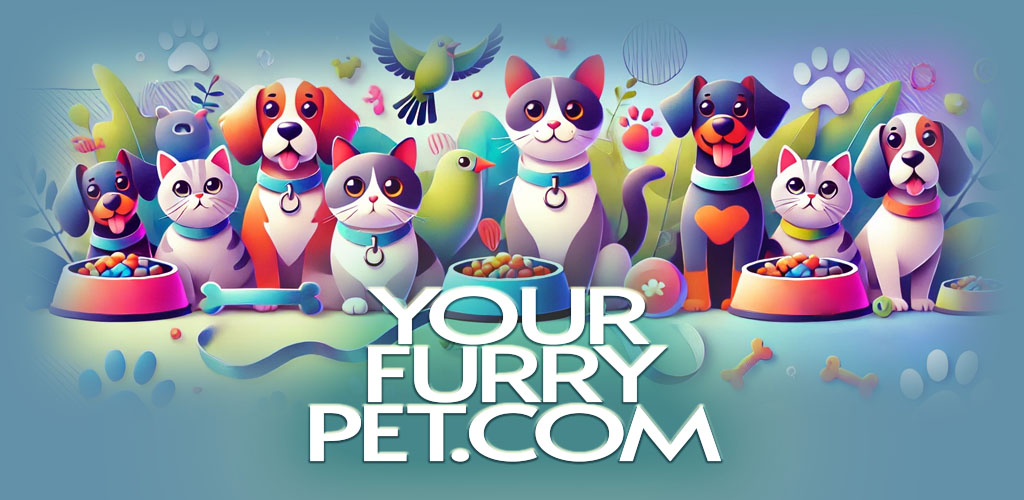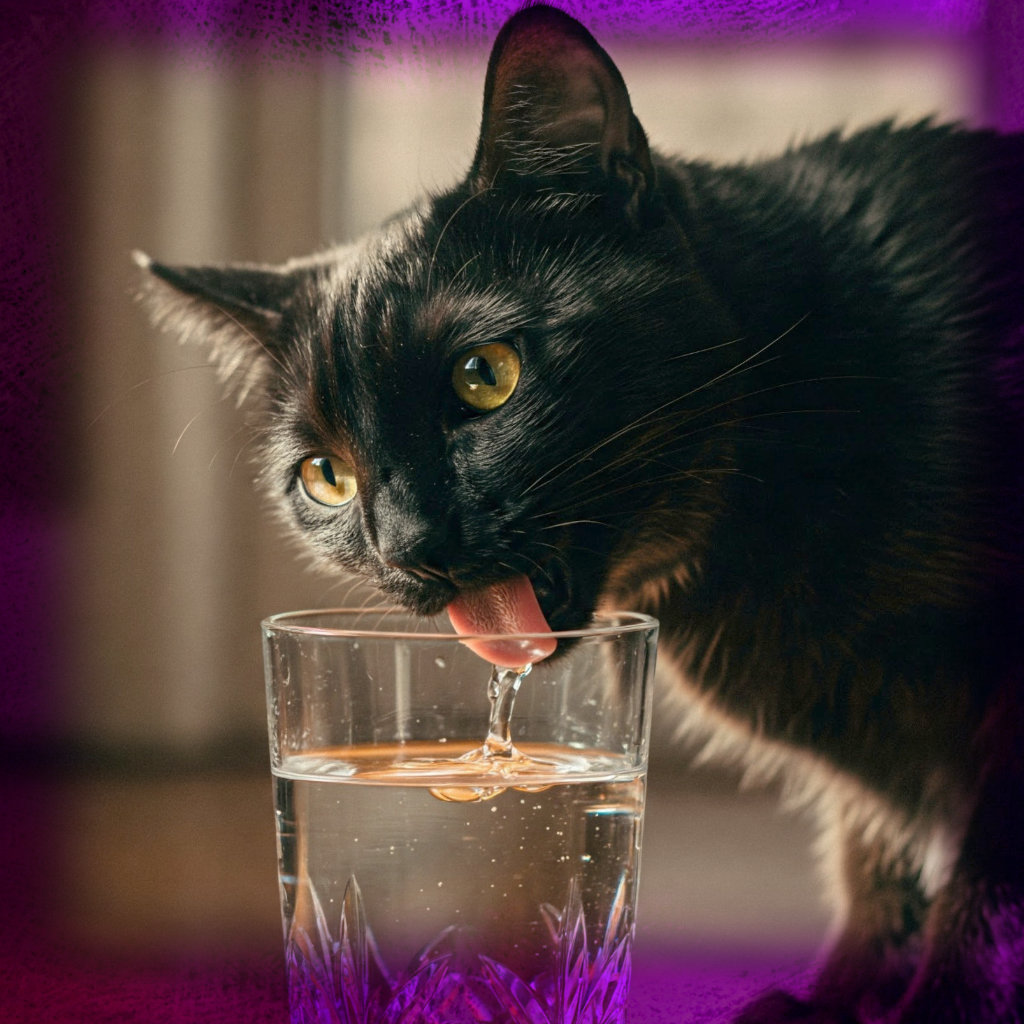Understanding Normal vs. Excessive Water Consumption in Cats
Cats are naturally inclined toward low thirst drive, a trait inherited from their desert-dwelling ancestors. However, when a feline begins drinking conspicuously more water than usual, it may signal an underlying health issue. Discerning between normal hydration and pathological polydipsia (excessive thirst) is crucial for early intervention.
Why Monitoring Hydration Matters for Feline Health
Water balance is vital for kidney function, digestion, and cellular health. A sudden surge in water intake could indicate metabolic disorders, renal dysfunction, or endocrine diseases. Vigilance ensures timely veterinary care, preventing irreversible damage.
Section 1: How Much Water Should a Cat Normally Drink?
Daily Water Intake Guidelines for Cats
A healthy cat typically consumes 3.5–4.5 ounces of water per 5 pounds of body weight daily. This includes moisture from food. Cats on dry diets may drink more, while those eating wet food derive hydration from meals.
Factors Influencing a Cat’s Thirst Levels
Age, diet, and ambient temperature modulate thirst. Senior cats often drink more due to declining kidney efficiency. High-protein diets or salty treats can also escalate water needs temporarily.
Wet Food vs. Dry Food: Impact on Hydration
Wet food contains 70–80% moisture, reducing the need for supplemental water. Dry kibble, at ~10% moisture, necessitates greater bowl refills. Transitioning between diets may alter drinking habits abruptly.
Section 2: Common Causes of Increased Water Consumption
Diabetes Mellitus: A Leading Cause of Polydipsia
Feline diabetes disrupts insulin production, spilling glucose into urine. This osmotic diuresis forces excessive water loss, triggering relentless thirst. Other symptoms include weight loss and increased appetite.
Chronic Kidney Disease and Excessive Thirst
Compromised kidneys lose concentration ability, excreting dilute urine. Cats drink more to counteract dehydration. Elevated creatinine and BUN levels in blood tests confirm renal impairment.
Hyperthyroidism: Overactive Metabolism and Thirst
An overactive thyroid accelerates metabolism, increasing water turnover. Weight loss, hyperactivity, and voracious hunger often accompany this condition.
Urinary Tract Infections and Increased Water Intake
UTIs cause discomfort, prompting cats to drink more to flush bacteria. Straining to urinate or blood-tinged urine are red flags.
Liver Disease and Its Effect on Hydration
The liver regulates toxins and proteins. Dysfunction leads to systemic imbalances, often manifesting as increased thirst and jaundice.
Medications That May Cause Excessive Drinking
Corticosteroids, diuretics, and anti-seizure drugs can induce transient polydipsia. Always review medication side effects with a vet.
Section 3: Behavioral and Environmental Factors
Heat and Activity Levels: Temporary Thirst Spikes
During warmer months or after vigorous play, cats may lap up more water to regulate body temperature. This is a normal physiological response. However, if excessive drinking persists beyond environmental triggers, investigate further.
Stress and Anxiety-Induced Drinking
Cats are sensitive to changes in routine, new pets, or household disruptions. Stress can manifest as compulsive behaviors, including repetitive water consumption. A calming environment and pheromone diffusers may help.
Boredom or Habitual Overdrinking
Some cats develop odd drinking habits, especially if their water source is near their feeding area. Puzzle feeders or moving the bowl to a quieter location can curb unnecessary lapping.
Section 4: Warning Signs That Require Immediate Attention
Sudden and Extreme Increases in Water Consumption
If your cat empties the water bowl multiple times a day or seeks alternative sources (sinks, showers), take note. A sudden doubling or tripling of intake is rarely benign.
Frequent Urination Alongside Excessive Drinking
Polyuria (excessive urination) paired with polydipsia suggests diabetes, kidney disease, or hormonal imbalances. Track litter box output—clumping changes or overflowing trays are telltale signs.
Weight Loss Despite Increased Appetite
Hyperthyroidism and diabetes often cause ravenous hunger while wasting muscle mass. A cat that eats voraciously but still drops weight needs urgent bloodwork.
Lethargy and Weakness in Thirsty Cats
Dehydration or electrolyte imbalances from chronic conditions can sap energy. If your once-playful cat now sprawls listlessly near the water dish, seek veterinary insight.
Vomiting or Diarrhea Accompanied by Polydipsia
Gastrointestinal distress accelerates fluid loss. Compensatory drinking may indicate pancreatitis, infections, or toxin exposure.
Changes in Urine Color or Odor
Dark, bloody, or foul-smelling urine signals infection, crystals, or kidney dysfunction. Conversely, abnormally clear urine may reflect poor renal concentration.
Section 5: Diagnostic Steps for Excessive Thirst in Cats
When to Schedule a Vet Visit
Document water intake for 48 hours (measure bowl refills). If consumption exceeds 1.5 cups daily for an average-sized cat, book an appointment.
Blood Tests: Checking Glucose and Kidney Function
A CBC and chemistry panel reveal anemia, hyperglycemia, or elevated kidney values. Thyroid hormone (T4) tests rule out hyperthyroidism.
Urinalysis: Detecting Infections or Concentrations
Low urine specific gravity (<1.035) suggests kidney issues. Glucose in urine points to diabetes; crystals or bacteria indicate UTIs.
Imaging Tests: Ultrasounds and X-rays
Abdominal ultrasounds assess organ structure—renal size, liver texture, or bladder stones. X-rays detect tumors or obstructions.
Section 6: Treatment and Management Strategies
Dietary Adjustments for Cats with Chronic Conditions
- Kidney disease: Phosphorus-restricted, high-moisture diets (e.g., Royal Canin Renal).
- Diabetes: High-protein, low-carb foods stabilize blood sugar.
- Hyperthyroidism: Prescription iodine-limited diets or methimazole therapy.
Fluid Therapy for Dehydrated Cats
Subcutaneous fluids (administered at home for CKD cats) or IV fluids in clinics restore hydration. Skin tent tests gauge severity.
Medications to Manage Underlying Diseases
- Insulin injections for diabetes.
- ACE inhibitors for kidney disease.
- Antibiotics for UTIs.
Encouraging Hydration Without Overconsumption
- Provide multiple wide, shallow bowls (cats dislike whisker fatigue).
- Cat water fountains entice drinking via movement.
- Ice cubes in bowls can pique interest.
Section 7: Prevention and Long-Term Care
Regular Vet Check-Ups for Early Detection
Bi-annual senior visits (or annual for younger cats) catch creeping conditions like CKD before clinical signs emerge.
Hydration Tips: Fountains and Wet Food Inclusion
Stainless steel fountains prevent bacterial slime. Mixing water into wet food boosts intake subtly.
Monitoring Water Bowls for Unusual Patterns
Smart pet tech (like WiFi-enabled bowls) tracks volume consumed daily, alerting you to spikes.
Conclusion
Key Takeaways for Cat Owners
- Normal water intake: ~1 oz per pound of body weight daily.
- Sudden increases in demand diagnostics—don’t dismiss it as “just aging.”
- Pair observations (weight, energy, urine) with vet data for accurate diagnosis.
Final Thoughts on Proactive Feline Care
A cat’s drinking habits are a silent language. Deciphering them early can mean the difference between a manageable illness and a crisis. When in doubt, err on the side of veterinary consultation.

